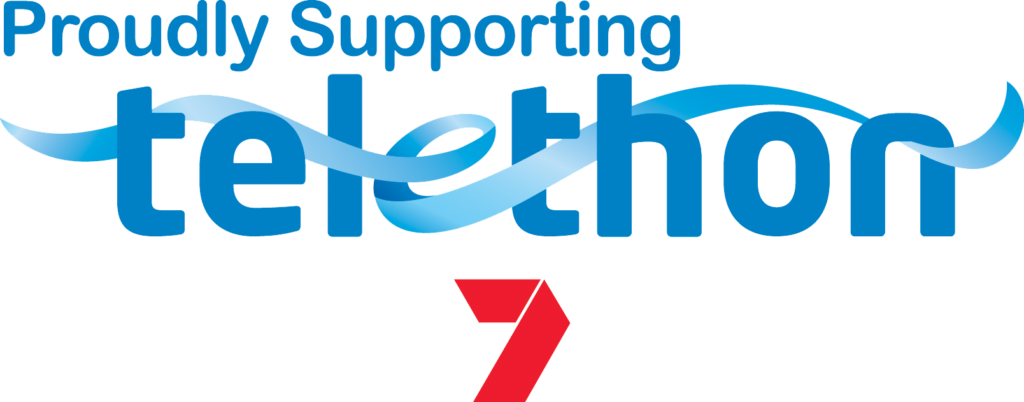Printing for the Education Industry: How to Use Printing to Enhance Learning
In today’s technology-driven world, the education industry is constantly evolving to keep up with the digital era. While digital learning tools are gaining popularity, the significance of traditional printing methods cannot be ignored. Printing, when used strategically, can play a vital role in enhancing the learning experience for students and educators alike. This article explores various ways in which printing can be effectively used in the education sector to improve engagement, accessibility, and interactivity. From creative worksheets to incorporating QR codes, educators can harness the power of printing to foster a more enriched and dynamic learning environment.
The Role of Printed Educational Materials
In the digital age, printed educational materials remain a valuable asset in the education industry. Physical textbooks, workbooks, and handouts provide a tactile experience that cannot be replicated by digital resources alone. The act of flipping through pages, highlighting important information, and taking notes enhances retention and understanding.
Creating Interactive Worksheets
Printed worksheets can be transformed into interactive learning tools. By integrating puzzles, quizzes, and hands-on activities, educators can make learning engaging and enjoyable. Interactive worksheets encourage active participation, stimulate critical thinking, and reinforce the learning objectives.
Personalized Learning with Printed Materials
Printing allows for personalized learning experiences. Teachers can create individualized study guides and customized assignments to cater to each student’s unique learning needs. Personalization fosters a sense of ownership and motivation among students, leading to better learning outcomes.
Printing for Visual Learners
Visual aids are essential for visual learners to comprehend complex concepts effectively. By incorporating high-quality images, charts, and infographics into printed materials, educators can support visual learners and make learning more accessible and memorable.
Using QR Codes to Augment Learning
QR codes are an innovative way to blend the physical and digital worlds. By printing QR codes on textbooks, worksheets, or posters, students can access additional online resources such as videos, interactive quizzes, or supplementary materials. This integration of print and digital media enhances the learning experience and encourages self-paced learning.
Facilitating Active Learning
Printed materials can foster active learning methodologies in the classroom. Group activities, peer discussions, and problem-solving exercises facilitated by printed handouts encourage collaboration and engagement among students.
Supporting Students with Limited Internet Access
In certain regions, access to the internet can be limited. Printed materials ensure that all students have equal access to educational content, irrespective of their internet connectivity. This inclusivity is crucial for creating a level playing field in education.
The Environmental Impact of Printing
While printing offers numerous benefits, it is essential to be mindful of its environmental impact. Encouraging double-sided printing, using recycled paper, and opting for eco-friendly printing practices can help reduce the ecological footprint.
Making Learning Fun with Print
Educational games, flashcards, and colorful posters make learning enjoyable for young learners. Incorporating these print-based elements in classrooms can instill a love for learning from an early age.
Printing and Multilingual Education
In diverse classrooms with students from different language backgrounds, printed materials can play a significant role in multilingual education. Printing content in multiple languages helps bridge communication gaps and promotes inclusive learning environments.
Leveraging Printed Materials for Exam Preparation
Printed study guides and mock tests are valuable tools for exam preparation. They provide students with structured content to review, helping them to focus on essential topics and assess their progress.
Enhancing Parent-Teacher Communication
Printed newsletters, progress reports, and communication letters keep parents informed about their child’s academic performance and school activities. This communication strengthens the parent-teacher relationship and creates a supportive learning ecosystem.
Overcoming Technological Barriers
While technology is transforming education, it is crucial to address technological barriers that some schools or students may face. Printed materials can fill these gaps and ensure that no student is left behind.
Balancing Digital and Print Learning
Blending digital and print learning methods optimizes the learning experience. Educators should strike a balance between the two to harness the strengths of each medium effectively.
Printing remains an invaluable tool in the education industry, complementing digital learning resources. From personalized study materials to interactive worksheets and QR code integration, printing offers diverse possibilities to enhance learning. Educators must utilize printing strategically to cater to different learning styles, promote engagement, and foster a holistic learning environment.
FAQs
How can QR codes enhance learning?
QR codes can augment learning by providing quick access to additional online resources, such as videos, interactive quizzes, and supplementary materials, which complement the printed content.
Are printed materials more effective than digital resources?
Printed materials offer unique benefits, such as tactile experience, personalized learning, and inclusivity for students with limited internet access, making them an essential aspect of the education ecosystem.
How can teachers create interactive worksheets?
Teachers can create interactive worksheets by integrating puzzles, quizzes, hands-on activities, and creative exercises to encourage active participation and critical thinking.
How do printed materials support visual learners?
Printed materials can incorporate high-quality images, charts, and infographics to support visual learners in comprehending complex concepts more effectively.
What steps can educators take to reduce the environmental impact of printing?
Educators can adopt eco-friendly printing practices, such as using recycled paper and encouraging double-sided printing, to minimize the environmental impact of printing.
THE POWER OF PRINT: WHY TRADITIONAL MARKETING STILL WORKS
PRINT VS. DIGITAL: THE PROS AND CONS FOR YOUR BUSINESS
PRINTING FOR PROFIT: HOW TO USE PRINTING TO GROW YOUR BUSINESS
The Art of Printing: Choosing the Right Paper Stock
The Science of Colour in Printing: How to Use Colour to Make Your Materials Pop
The Benefits of Using Printed Calendars for Business Marketing
Printing for the Education Industry: How to Use Printing to Enhance Learning
Printing for Weddings: How to Use Printing to Make Your Wedding Memorable


